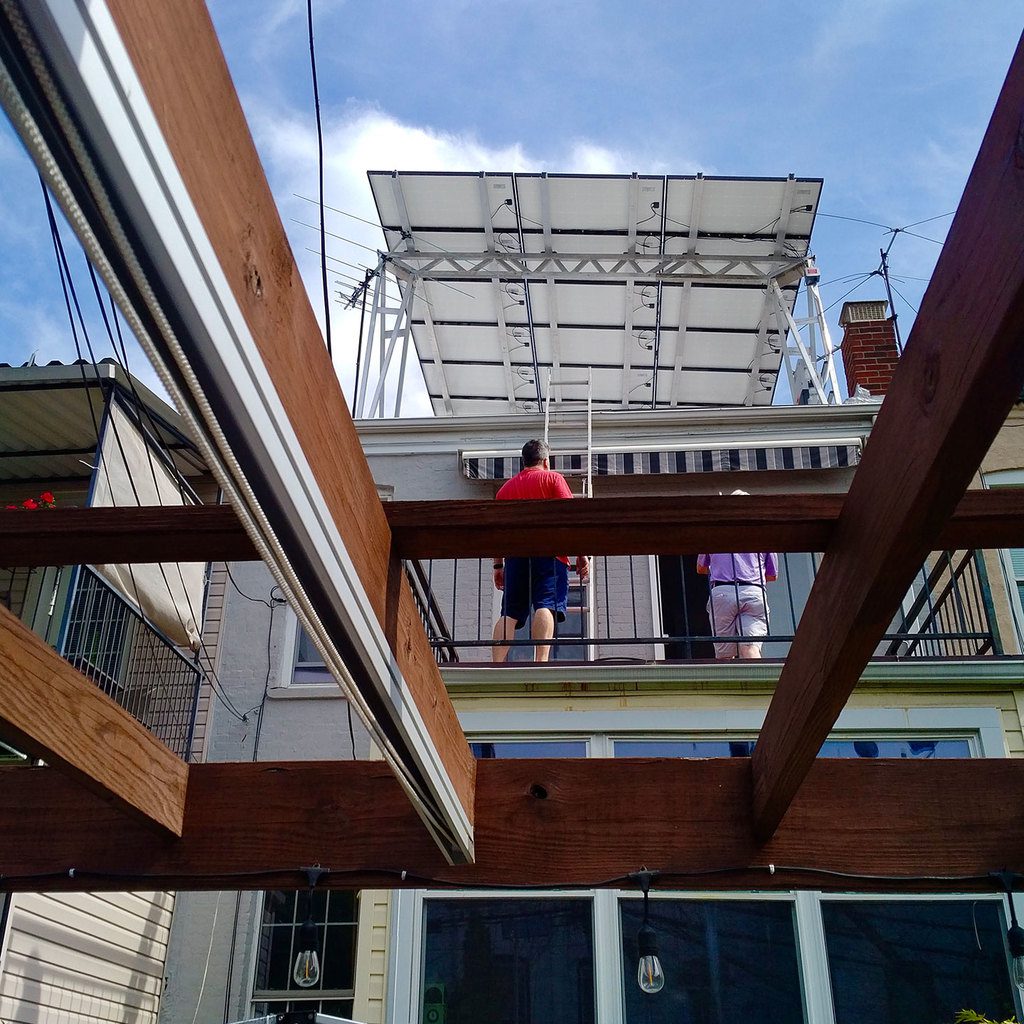Here at VAKOTA we are dedicated to sustainable practices. To that end, we recently released a series of articles detailing the work we put into creating an eco-friendly, sustainable home in rural Connecticut. However, this latest project brought with it some new challenges around how best to implement environmental resources and materials in a limited existing footprint.
Our clients on this Bay Ridge Townhouse were keen to create a home as environmentally friendly and off-grid as it is possible to be – the twist being that this existing townhouse, built in 1905, sits within the cityscape of Brooklyn, New York.
The family of three loves their neighborhood and home, but with our changing world, economy and environment they needed to renovate – but wanted to do this with the future environment in mind. They needed to create an apartment on the lower level of the three-story townhouse for their mom to move in, whilst renovating the other two floors for their family into a modern and eco-friendly home. VAKOTA’s Stephen Taylor led on the project, which had three clear criteria: it had to be energy efficient, accessible for their mother, and the build itself needed to make as little of an environmental impact as possible.
The main goal was to make the home as self-sufficient and ‘off the grid’ as possible. First of all, we removed all gas supply to reduce the use of fossil fuels. We also put solar panels on the roof to offset the new electrical usage. Additionally, we plan to increase the insulation of the home and exceed the minimum energy code requirements.

The old boiler and water heater were replaced with on-demand systems – so that only water that is needed will be heated, rather than storing a tank of hot water that may not be necessary.
The new, larger windows were also upgraded along with all of the doors to high-standard models, designed with energy efficiency and heat-control in mind. As well as this, we installed radiant floor heating – a far more energy-efficient form of heating than air heating. Heat from the floor tends to heat the first six feet of a room, which is where the warmth is needed most, and so energy is not wasted filling a room unnecessarily.
In order to keep the heat in and reduce the amount the house needed to produce, we installed better insulation in the property’s walls.
The soy-based spray foam we used removed the need for toxic oil-based insulation – one of many conscious decisions we made around eco-friendly and low-waste materials. There was a clear objective from the start to steer clear of imported materials, such as imported stone which have a huge carbon footprint. Instead, we focused on specifying locally sourced materials.
The building’s original kitchen was repurposed in the ground floor apartment and we reused as much material from the restructure as possible to avoid sending a large amount of waste to the junkyard.
The aesthetic design ensures that the home is lighter and more spacious. We achieved this by installing bigger windows into the south-facing property. Not only is the space light and airy, it will also bring in plenty of solar gain and help with heating the house in the winter.
Finally, we took the impact of coronavirus into account when designing the aesthetic and functionality of the home. Knowing that people are likely to be home much more in the future, we created a real, workable office space for the clients, as well as useable space for the whole family both indoors and out.
When it came to landscaping, we developed a welcoming outdoor space, including a food garden that will be used to grow vegetables, compost and reduce energy usage. Working on green projects such as this one is a great way to further embrace energy-efficient building methods and develop our own best practice to take forward into future projects, so that all of our work contributes to making the planet safer.



